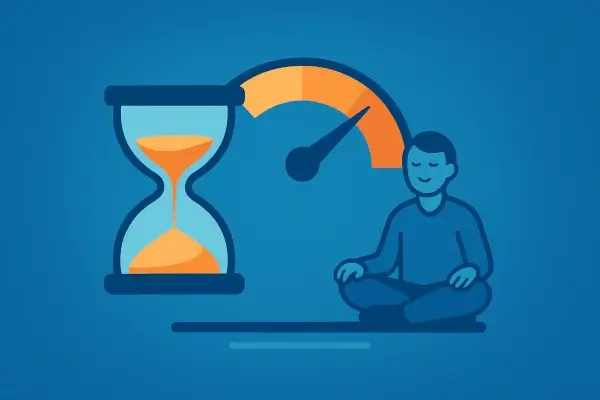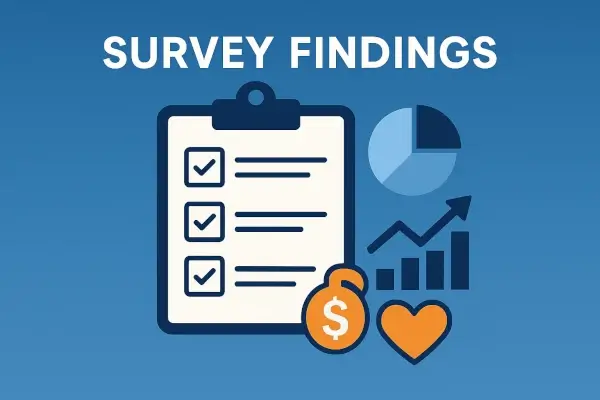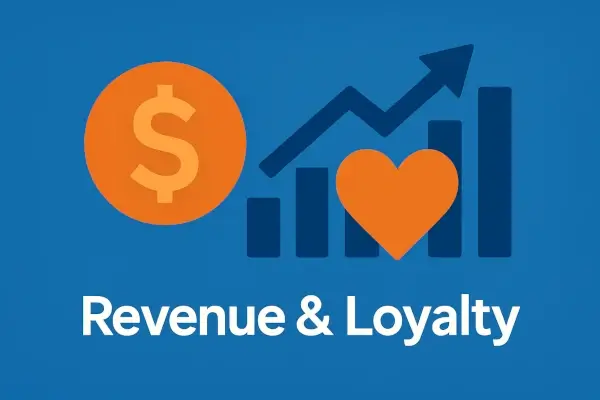
This report aims to show how site speed affects cart abandonment. It covers global data for 2024, focusing on delays between two and three seconds.
Table of Contents:
Key findings
Methodology
Shopper Patience Thresholds
2024 Global Survey Findings
Comparative Analysis
Revenue & Loyalty Impact
Recommendations for Retailers
Conclusion
References
Key findings
- Shoppers abandon their carts when pages take longer than two seconds to load. Surveys show that approximately 50% of users leave after a two-second delay. A slow site drives 76% of shoppers to drop a purchase at least once, and site errors or crashes cause 15% of cart abandonment.
- Retailers must monitor page load times in real time. They should compress images, utilize content delivery networks (CDNs), and remove unused code and scripts.
- Faster pages lower abandonment and boost revenue.
Methodology
We sourced data from Salesforce, Liquid Web, Baymard Institute, Drip, and Forbes Advisor. Liquid Web surveyed 1,050 online consumers, and Baymard Institute surveyed 4,000 shoppers. Salesforce, Drip, and Forbes Advisor provided analytics from global web performance.
We collected results from North America, Europe, and Asia, but we report global trends for 2024.
We define downtime as an unplanned interruption of site function.
We define slow load as any page load that exceeds three seconds.
We define abandonment as when a shopper leaves without completing a purchase due to issues with the site.
Shopper Patience Thresholds

Shoppers expect pages to load in under two seconds. They view delays as a sign of poor performance and leave quickly.
About 50% of shoppers abandon their carts if a page takes two seconds to load. They click away when the delay hits that threshold.
At three seconds, abandonment rises to approximately 57%. More than half of users give up after waiting that long.
Each additional second of delay significantly increases the likelihood of abandonment. A one-to-three-second delay increases bounce rates by about 32%, and a one-to-five-second delay raises them by about 90%.
2024 Global Survey Findings

- Liquid Web surveyed 1,050 online consumers. The results show that 76% have abandoned their cart due to slow site speed. They also report that 39% have dropped purchases over $100 because of the delay.
- Salesforce's (with Google data) analysis reveals that 53% of mobile shoppers leave a page after it loads for more than two seconds.
- A Baymard Institute survey shows that 15% of shoppers cite crashes or errors as the reason for abandonment. This share ranks below the top reasons, such as high costs and complex checkout processes.
- Drip reports that 57% of shoppers leave if a page loads for over three seconds. It also finds that 80% of those who experience a slow site never return.
- A Forbes Advisor study finds that 47% expect pages to load in two seconds.
Comparative Analysis
The actual abandonment rate at two seconds stands near 50%. Multiple sources confirm that half of users leave after a two-second delay.
Mobile users tend to be less patient than desktop users. Studies have found that mobile shoppers tend to abandon shopping carts more quickly when pages load slowly. Desktop users tolerate slightly longer delays but still leave if the wait exceeds three seconds.
Silent bounces differ from the surveyed reasons. Many users click away without providing a reason. Surveys capture only those who answer questions. Real-time data measures all drop-offs, including silent bounces.
Revenue & Loyalty Impact

Each 100 ms of extra load time reduces conversion rates by about 7%. A 0.1s speed improvement raises conversion by 8.4% and boosts average order value by 9.2%.
Slow pages also hurt loyalty. 79% of shoppers say they are less likely to buy again from a slow site, and 75% of those who abandon will tell friends about their negative experience. Another source reports that 72% of customers will discuss a service issue in person, even if they do not post about it on social media.
Recommendations for Retailers
- Retailers should optimize critical render paths to load key content first. They can inline critical CSS and defer nonessential scripts. This change makes pages appear faster and reduces initial load time.
- Retailers should implement real-time performance and uptime monitoring to ensure optimal operations. They can use tools like Lighthouse CI for speed metrics and services like WebSitePulse to track site availability. This setup alerts teams immediately when load time or uptime falls below targets.
- Retailers should leverage AI phone calls to proactively notify customers about order status or potential delays when cart abandonment occurs due to slow site speeds, helping recover lost sales while maintaining customer trust.
- Retailers should utilize Content Delivery Networks (CDNs) and compress images to reduce load times. They can choose a global CDN to serve assets from nearby servers, apply modern image formats, such as WebP, and set the proper compression levels.
- Retailers should conduct A/B tests to measure the real impact of performance improvements. They can compare page variants with and without optimizations and track metrics such as bounce rate and conversion after each test.
Conclusion
This report highlights the importance of pages loading within three seconds to maintain shopper engagement. Delay beyond that threshold drives roughly half of users away, cutting revenue and loyalty.
Retailers must adopt real-time monitoring and regularly tune their performance. They must review metrics, test optimizations, and act on alerts to keep sites fast.


 Copyright 2000-2025, WebSitePulse. All rights reserved.
Copyright 2000-2025, WebSitePulse. All rights reserved.